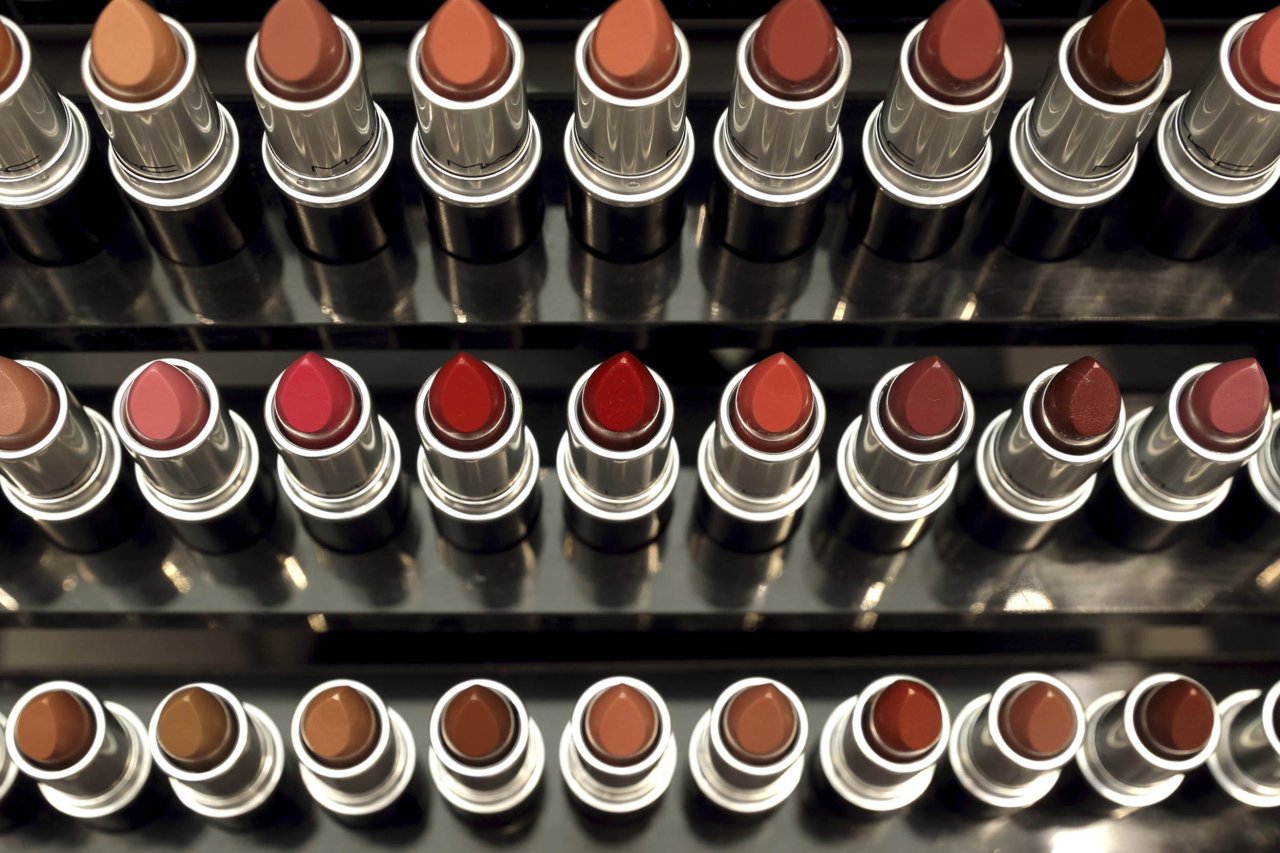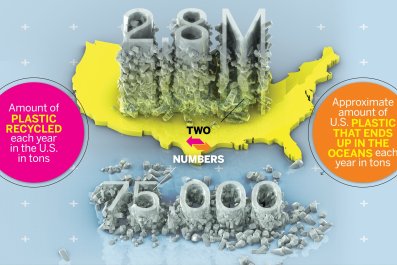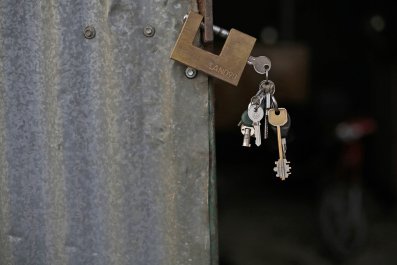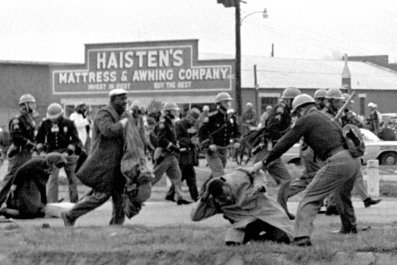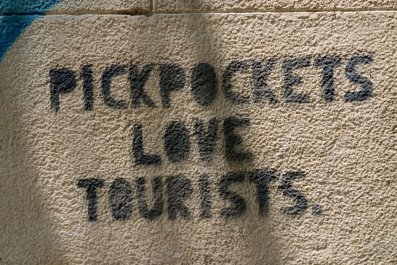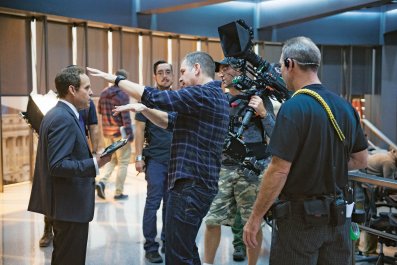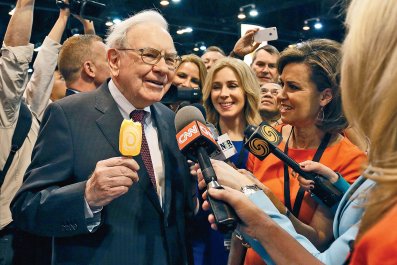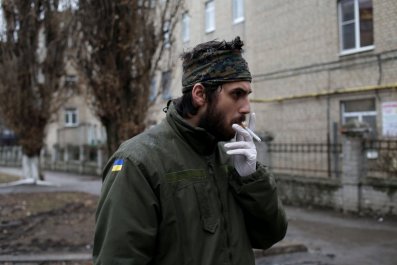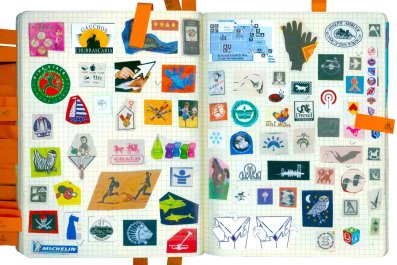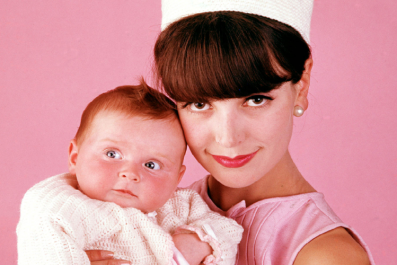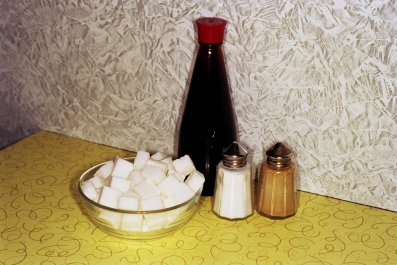The Internet of Things started in the mid-1990s, when a quirky young brand manager in the U.K. puzzled over why a shade of brown lipstick kept disappearing from store shelves.
The story matters because the Internet of Things, or IoT, has become prodigious yet ephemeral, as difficult to grasp and explain as the Holy Spirit. Cisco CEO John Chambers declared that IoT will generate $19 trillion in profits, which isn't helping because, frankly, when you cite such an unfathomable number it's hard not to sound like you're pulling it out of your ass. Cisco, General Electric and swarms of startups have hitched their futures to IoT.
Like a lot of innovations, IoT grew out of a new solution to an old problem, and now it's opening up new solutions to a whole host of problems. And like a lot of innovations, IoT happened less by magic and genius than by a lot of small steps and bits of luck.
Kevin Ashton was born in 1968 in Birmingham, England, to a single mother who soon moved to London and bought her son an Apple II. He liked to mess with programming, but it wasn't really his calling. Mostly, he liked to write. As a teenager, Ashton deejayed around Europe, wound up in Norway, learned to speak Norwegian and read a lot of Henrik Ibsen.
At 21, he decided maybe it was time to go to college, and he heard about a Scandinavian literature program at the University of London. Since not a lot of people who applied to the program spoke Norwegian and had gorged themselves on Ibsen, Ashton got in.
While at the university, he joined the student newspaper and became its editor. He got friendly with representatives of one of the newspaper's biggest advertisers, Procter & Gamble. By graduation, he was disillusioned with journalism—"Not quite the truth-seeking missile I'd hoped it would be," he says now—and instead got involved in a hip noodle-bar startup called wagamama. This being 1995, Ashton was going to help wagamama establish an Internet brand, because the Internet was the most exciting thing ever. But founder Alan Yau didn't have the money for that, and Ashton split. Wagamama now operates more than 140 restaurants all over the world.
Ashton's old friends from P&G offered him a job. They worked in cool offices in London, which is why he said yes. He got assigned to help launch a line of cosmetics for Oil of Olay.
Since Ashton was young and curious and didn't know what he shouldn't have to worry about, it bothered him that he'd go into his local store and find that one shade of lipstick in his cosmetic line always seemed to be sold out. He checked with P&G's supply chain people, who told him plenty of that color were in the warehouse. They suggested it was a coincidence—that Ashton happened to go into the one store that couldn't keep that color in stock. But Ashton didn't buy it: He wanted to know where his lipstick was, and what was happening to it. No one could tell him.
In the 1980s and '90s, retailers invested in bar code scanning systems and thought the systems gave them a grip on inventory. But bar codes couldn't relay much about a product's location. "This illusion of perfect information created by the bar code was just way off," Ashton says. His notion that there had to be a more thorough way to track products intrigued P&G's leaders in Cincinnati, and they asked him to explore the idea.
About the same time, U.K. retailers began experimenting with loyalty cards embedded with a brand-new technology: a tiny "radio-enabled" chip, later called RFID. One manufacturer of the cards showed Ashton how the chips worked, noting that the small bits of data on the chips could be transferred wirelessly, without a reader.
Driving in traffic, a thought occurred to Ashton: What if I took the radio microchip out of the credit card and stuck it on my lipstick? If a wireless network could pick up data on a card, it could snatch data off a chip on a lipstick package and tell the store what was on the shelves.
P&G was a sponsor of the Massachusetts Institute of Technology Media Lab. (Half of corporate America was sponsoring the Media Lab at the time.) This led to meetings between P&G, Ashton and MIT, which in turn led to P&G loaning Ashton to MIT to set up the Auto-ID Center to study RFID and the potential for "smart packaging."
New ideas never happen in a vacuum. In 2000, MIT physicist Neil Gershenfeld published a book,When Things Start to Think, about adding data to everyday items. Gershenfeld's work influenced Ashton. P&G's executives listened to Don Tapscott, a Canadian author who talked about how ubiquitous networks and data would transform corporations. Ashton gave hundreds of presentations to corporate leaders about the potential of RFID and how each chip was able to talk to a wireless network and reveal a little data about itself. By 2003, the Auto-ID center had 103 sponsors, branches around the world and commitments to standards so any smart package could talk to networks at suppliers and retailers.
Standards helped the market develop, and money poured into making the chips better and cheaper. The media started picking up on stories about, for instance, supermarkets where you could fill your cart with stuff and check out in a second by wheeling past a wireless reader. Startups sprouted in the space, including ThingMagic in 2002. Ashton left the Auto-ID Center to join that company.
By the 2010s, corporations started seeing that The Next Big Thing would be networking the physical world and gathering data from everything. Consultants like McKinsey wrote reports. IBM drew up its Smarter Planet campaign, evoking a world soaked in data from things. Cisco, GE and others leaped in. IoT technology opens up ways to help cities manage congestion, track balls and players in baseball to collect data to better understand the sport, and let medical devices call for help when readings look bad. IoT devices are finding their way into Barbie dolls and making Congress worry that all networked things will spy on people. And it all flows from Ashton's question about brown lipstick.
Ashton isn't very well known. Tim Berners-Lee gets credit for engendering the Web. Douglas Engelbart is lauded for designing the first modern PC. Rarely in a conversation about IoT does anyone point to Ashton as the father of it all.
Ashton seems to be OK with that. He's worked at a few IoT star-ups, including one he founded. He's now living in Austin, Texas, and writing. He just published a book, How to Fly a Horse: The Secret History of Creation, Invention and Discovery. It's about the way innovation really happens, which is less by magic and genius than by a lot of small steps and bits of luck.
In other words, it's what he learned while setting in motion the Internet of Things.



